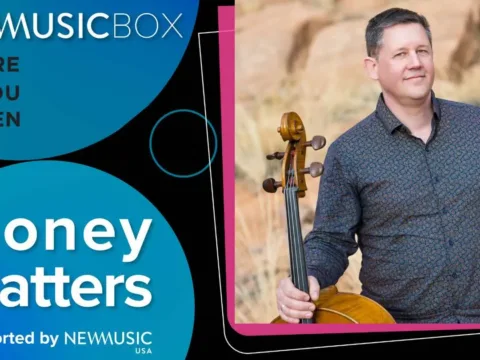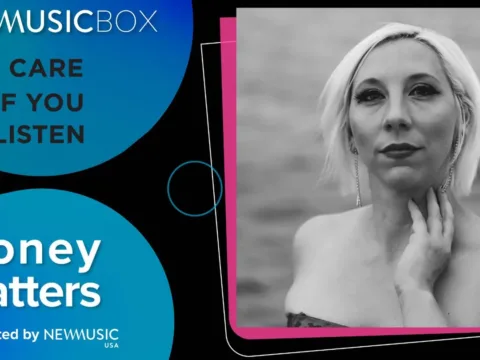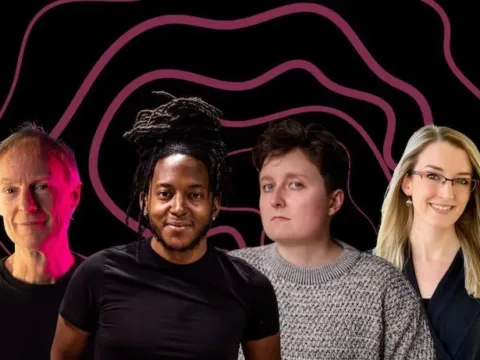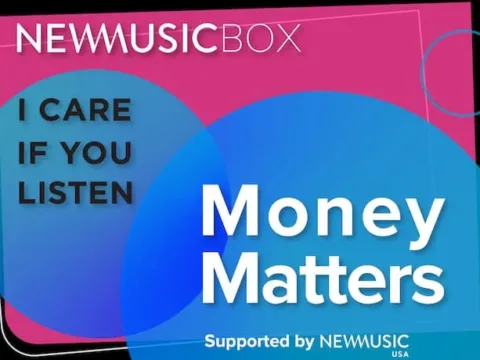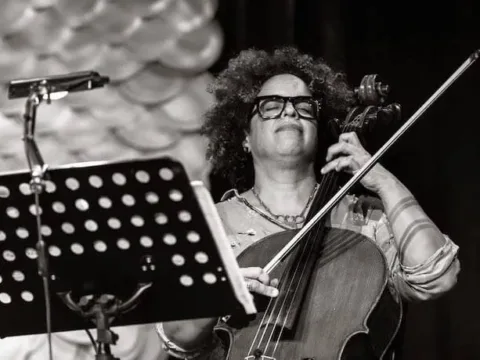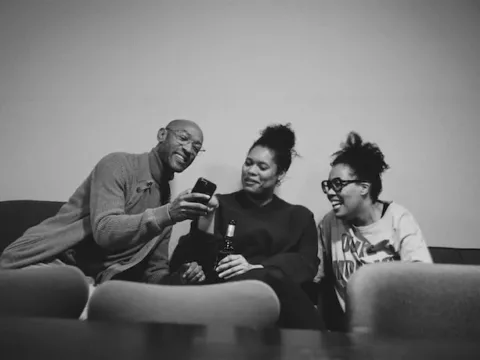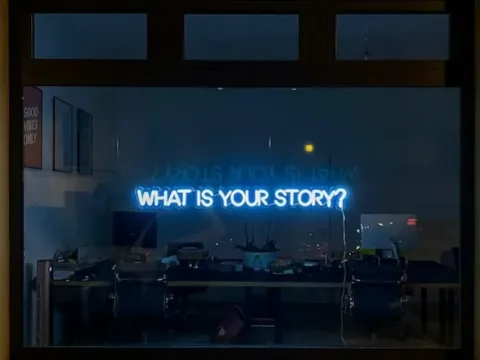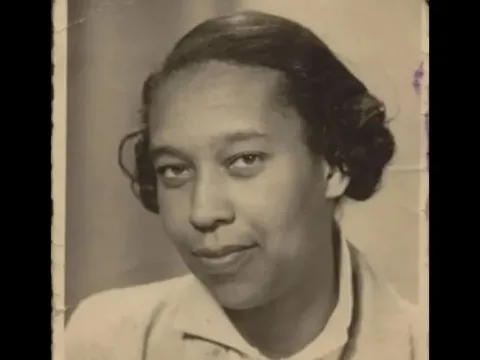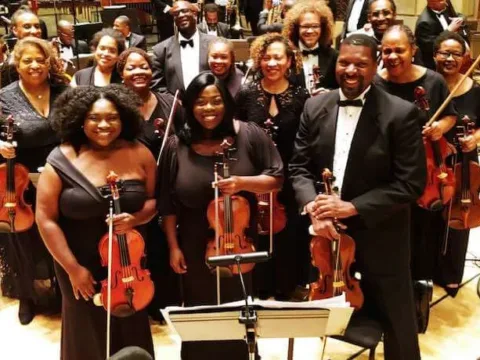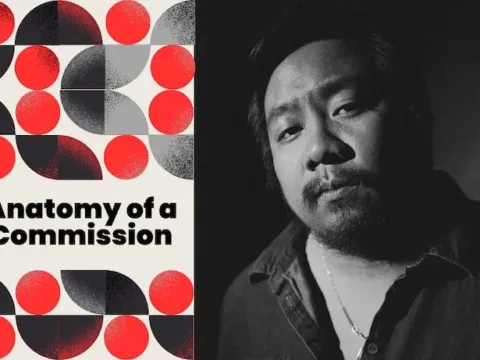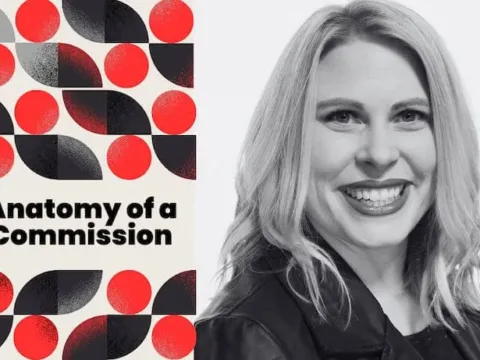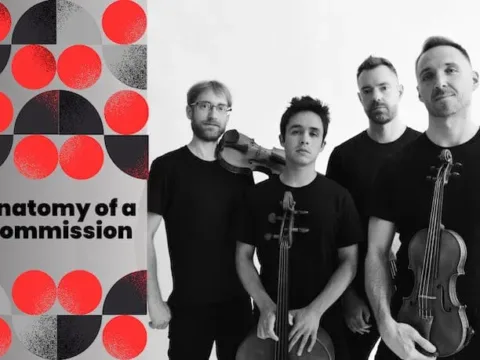In the arts, as in other fields, data can be a powerful tool for accountability, but it has also become a buzzword. Tacking the words “data-driven” or “analytical insights” on to practically anything is bound to make it sound more legitimate and impressive. That’s why, as a musician and a data scientist, I was both optimistic and skeptical when classical music organizations began to show their support for the Black Lives Matter (BLM) movement with public commitments to improving diversity in the field. And while some organizations planned to use data to help with these efforts, we are still left asking ourselves whether our stages and organizational structures have actually become any more diverse as a result.
This uncertainty partially stems from the availability and quality of data needed to measure progress toward these goals. Melissa Panlasigui — a Berlin-based conductor and researcher — faced these issues head-on while examining the diversity of Germany’s orchestral ecosystem for her 2019 German Chancellor’s Fellowship. She set out to categorize composers, musicians and board members by gender, “not just male or female but all along the gender spectrum.” And while gender data was hard to come by, Panlasigui realized that race data was outright impossible to find, as Germany does not track this information about its citizens — a race-blind policy adopted by the government after World War II. “This is not a good word to use, Rasse, you can’t use it,” she explained, “so they use these other words, like ethnic background, or migratory background, which are also problematic. People aren’t used to ticking boxes here about their various aspects of identity.” Unfortunately, this well-intentioned policy has resulted in Germany’s inability to spot institutional racism, much less rectify it.
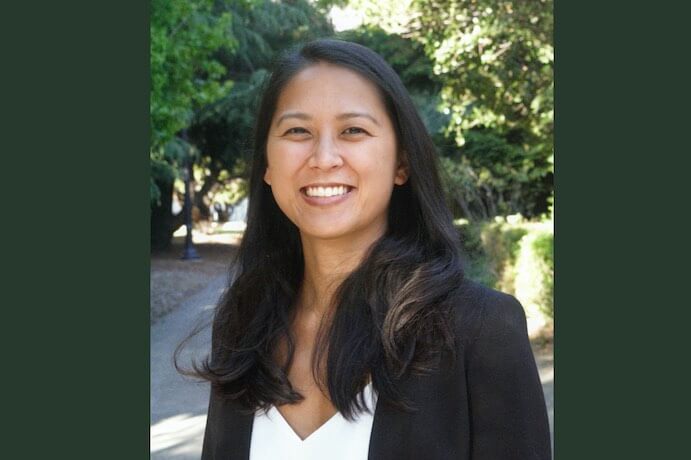
Here in the U.S., race is still a complicated subject, but at least we are accustomed to providing and collecting demographic data as a starting point. There is a budding understanding in our industry that collecting data on factors like gender identity and race are important first steps to diversifying the field. And yet, when it comes to the quality of the actual data we collect and how we apply it, we fall woefully short, starting with our very understanding of race data and the frameworks currently used to collect it.
Arts organizations of all sizes, including the Montclair Orchestra, are increasingly moving towards using demographic data collection systems in line with the U.S. Office of Management and Budget’s (OMB)’s guidelines on race and ethnicity. “The biggest reason we’ve gone by the government guidelines is because a lot of this data is required when we’re applying for certain grants,” says orchestra President Andre Weker.
The OMB’s race definitions, which include questions on both race and ethnicity, allow respondents to choose from a set of predetermined categories, and include the option to identify as more than one of these races. However, these definitions are still problematic, says Dr. Laurie Samuels, a researcher and biostatistician at the Vanderbilt University Medical Center. “When you look at [the categories], you can see how arbitrary some of this is, if not all of it. The ‘White’ category includes people from the Middle East and North Africa, the ‘Asian’ category includes people from a huge portion of the world. And the ‘Black’ category actually uses the word ‘Black’ in its definition…At this point, I think we have to ask: what administrative purpose are they serving?”
There is a budding understanding in our industry that collecting data on factors like gender identity and race are important first steps to diversifying the field. And yet, when it comes to the quality of the actual data we collect and how we apply it, we fall woefully short…
Samuels pointed out that even the OMB’s website concedes that these are administrative rather than scientific categories. However, because these are official government guidelines, many organizations are concerned that deviating from them could lead to issues with funders who require this data. But it is possible to improve the quality of data collected while still adhering to these guidelines, according to Samuels. “Agencies or organizations that are required to report according to those categories are completely free to collect more detailed information,” she said, as long as they can aggregate the data back into the categories that the OMB requests. With this in mind, applications, surveys, and questionnaires that collect race and ethnicity information can be designed to be flexible and inclusive of groups within these broad categories, and give people an opportunity to self-identify.
But even the highest quality data serves no purpose unless it is put to good use. American Composers Orchestra (ACO)’s President Melissa Ngan and Emerging Composers and Diversity Director Aiden Feltkamp worked with composer and consultant Nebal Maysaud to create a database of over 40 years of performance data to hold their own organization accountable. The relational database, which ACO plans to make publicly accessible on their website, includes information by performance category, such as event or ensemble, while also providing contextual information about each composer and their body of work. Building the database was a necessary first step for ACO, but certainly not the last. “I still think the most effective way to get repeat performances and commissions and all of those things is through relationship building,” says Ngan, noting that ACO’s database is a resource and a tool, but not an all-in-one solution.
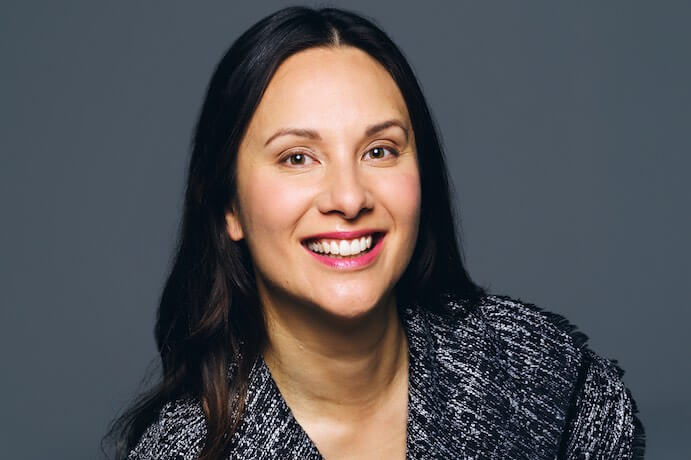
While ACO’s database is currently limited to their own archives, the dream scenario, Ngan said, would be a situation where classical music organizations could access data about programming and representation nationally. Feltkamp and Ngan say that some orchestras have become models for what transformation can look like, but acknowledge that we are far from being able to answer the big questions as an industry. Ngan wonders, “What happens when you program more new music? What happens when you program more compositions by people who have been historically excluded from the orchestral field? What happens to your audiences, what happens to fundraising? What happens in terms of community engagement, and education?” Ngan hopes that someday, having data and analytics robust enough to answer such questions would give people the courage to manage the risk that change brings. Tying programming data to audience demographics, and being able to directly analyze the effects of diversifying our boards, staff, and stages, might bring us closer to building equity in our field.
Collecting and storing demographic and programming data might sound daunting, but arts organizations don’t have to do it alone. Groups like the Black Opera Alliance (BOA) are doing groundbreaking work to build relationships and group accountability across organizations throughout the U.S. Their Pledge for Racial Equity has seen the nation’s top opera houses commit to an eight-point plan, including hiring Black artists who reflect the racial demographics of diverse communities, requiring visual artists (such as hair and makeup professionals) to undergo training in successfully preparing a Black artist for the stage, and amending the opera companies’ official codes of conduct to reflect a commitment to anti-racism and anti-oppression.With support from leading arts analytics firm TRG Arts, the BOA is collecting data and tracking each opera company’s progress towards these goals via Excel workbooks, utilizing the help of students and volunteers to aid with manual data collection.

Garrett McQueen, the BOA’s Communications Lead, says they recognize that each organization may be at different points in their journey towards equity, and that collaborative partnerships with these opera companies are vital. “[We are] really trying to build a relationship with each and every opera company on an individual basis…it’s not ultimately about calling [them] out to be good or bad. It’s about creating an opera field where Black folks can succeed and be safe, starting with that personal relationship that hopefully results in the signing of the pledge.”
While the budget of an opera house or the resources of a large firm like TRG Arts are certainly helpful for this kind of data collection, the only thing organizations really need to get started is a burning question and the willingness to follow it. In the summer of 2020, Charlotte Jackson and Perri Di Christina, opera singers and founders of the Thrilled to Announce podcast, watched opera companies across the nation issue BLM statements and messages of solidarity on social media following the murder of George Floyd, and wondered how many of these statements were performative, and which ones would lead to real changes. They decided to track this data and the subsequent actions of these opera companies through a Google spreadsheet over the next six months, pulling directly from their social media pages, websites, and reaching out to stakeholders for statements and further context. While this project was later paused in favor of supporting the Black Opera Alliance’s comprehensive work in this space, it’s a powerful testament to the impact of data-driven inquiry and the commitment to see it through, even at a grassroots level.
[Tweet “Maybe instead of asking, “Are we there yet?” and solely focusing on the outcomes, we need to be asking, “What are we working toward, and how are we getting there?””]
Data-driven transformation ultimately starts with creating awareness of the importance of data and how it can be used to drive positive change in our industry. Especially in the arts, data sometimes has the reputation of seeming unfeeling, cold, and impersonal — furthest from what we associate ourselves with as artists. But fostering a culture of data literacy, ownership, and transparency is necessary before we even start thinking about what to collect and how to analyze it. It may be helpful for organizations to step back, reflect on their goals, and ask tough questions about what they want the future to look like. This inquiry can then be used to reverse-engineer data collection and analysis processes with a more mindful and purpose-driven approach. For example, if your organization’s mission is to engage and serve your community through music, you could start by asking, “How do I define my broader community, and does my organization actually reflect it?” To understand this, you might begin collecting data on personnel, audiences, and programming through surveys and internal archives, and compare this against local census data sources, following changes over time. The trends you discover could help you strategically plan your next premiere, commission, or program, and facilitate a more informed and holistic approach towards your long-term goals.
While the journey towards diversifying our stages and structures won’t be an easy one — and it may be some time before we know if our current data collection and analysis efforts are successful — there is indeed hope for the future. Maybe instead of asking, “Are we there yet?” and solely focusing on the outcomes (as overdue as they might be), we need to be asking, “What are we working toward, and how are we getting there?” After all, it is this collective data-minded culture, the courage to ask the right questions, and the commitment to see them through that will allow us to build an open, diverse future in classical music and sustain it for generations to come.
I CARE IF YOU LISTEN is an editorially-independent program of the American Composers Forum, funded with generous donor and institutional support. Opinions expressed are solely those of the author and may not represent the views of ICIYL or ACF.
A gift to ACF helps support the work of ICIYL. For more on ACF, visit the “At ACF” section or composersforum.org.

